The peaceful village suddenly became famous for... its rice granary
Recently, Kon Tu Ma village (Mang Den commune, Quang Ngai province) suddenly became a hot topic among tourist groups when many young people came here to take photos and check-in with the traditional rice warehouses in the village.
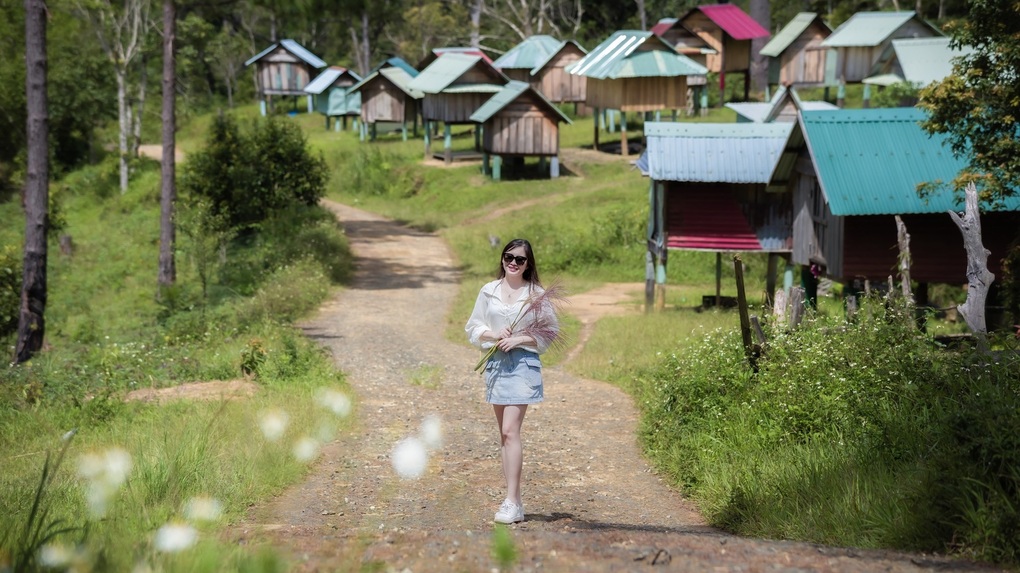
Many people come to Kon Tu Ma village to check-in with the rice warehouse (Photo: Hoang Tour Mang Den).
Sharing with Dan Tri reporter, Duy Khanh (born in 1998, Quang Ngai ) said that he was invited by friends to go to the rice warehouses in Mang Den to take photos. When he arrived and saw the row of small, poetic stilt houses, he was extremely excited.
"The image of a small, pretty and poetic traditional rice warehouse is truly a unique check-in location. The people here are friendly, willing to show directions and chat with tourists, making my experience even more enjoyable," he shared.
Kon Tu Ma village is a small village on the banks of the Dak S'Nghe River. The granaries in the village were originally the place where the Xo Dang people stored their food. The granaries were built of wood and bamboo, with corrugated iron roofs, and were located close together along the mountainside.
For the people, this is not only a structure to store food but also has cultural significance and pride in abundance and prosperity.
Mr. Hoang - who is known to many tourists as Hoang Tour Mang Den - said that the traditional rice granaries of the Xo Dang people have only recently received the attention of tourists. This makes him very happy.
Mr. Hoang has been working as a photographer in the Central Highlands for 4 years. In the past time, he has accompanied many groups of tourists to explore Kon Tu Ma village, and at the same time supported tourists who wanted to stay in the village.
"People here do community tourism in a simple, natural way, contributing to local development. So whenever there is a place that is loved by tourists, I feel happy and joyful," Mr. Hoang shared.
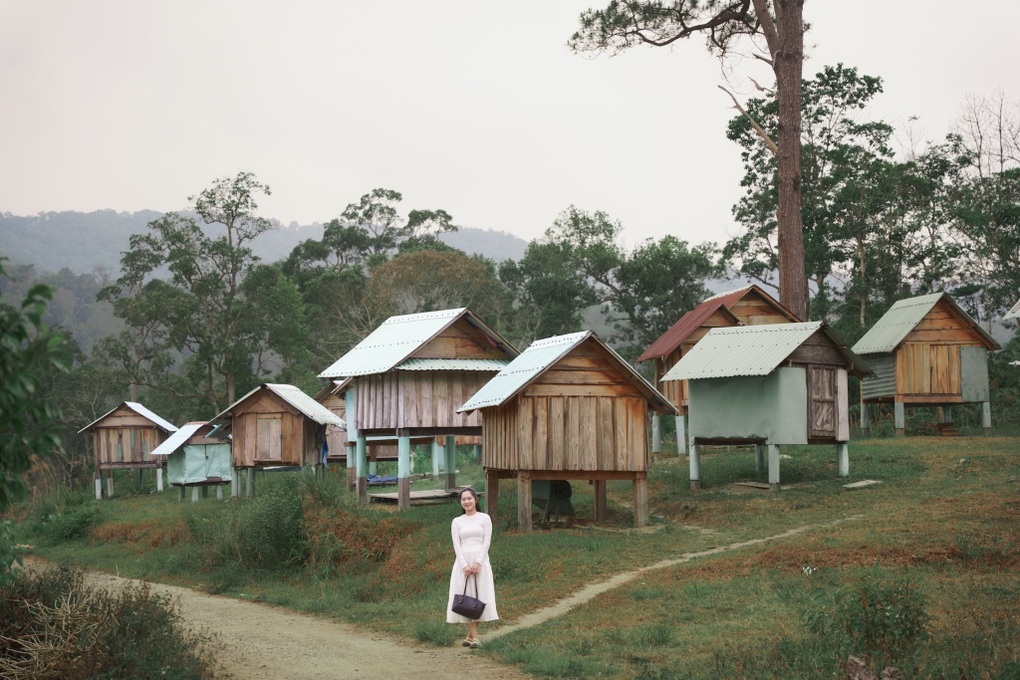
Rustic but no less poetic rice warehouses in Mang Den (Photo: Duy Khanh).
According to him, what makes the rice granaries in the village attractive is the beauty of their primitiveness as well as the traditional culture of ethnic minorities.
"The rice granaries here have existed for a long time, closely associated with each Xo Dang family. Currently, there are still dozens of rice granaries lined up next to each other, creating a scene that is hard to find elsewhere. Tourists can freely take pictures, free of charge. It is this simplicity that makes Mang Den so attractive," said Mr. Hoang.
In addition to the rice warehouse, Mr. Hoang often takes visitors to explore waterfalls, pine forests and villages that still retain their traditional features. According to him, the end of the year is the best time to visit Mang Den, when the weather is sunny but still cool, very suitable for walking and taking photos.
Mang Den travel experience
Mang Den Commune is located at an altitude of about 1,200m above sea level. The daytime temperature here is about 16-18 degrees Celsius, at night it drops lower, foggy, cold air spreads everywhere. That is why, when coming to Mang Den, visitors need to bring extra clothes to keep warm.
In recent years, Mang Den has become a tourist destination attracting visitors with its poetic beauty and fresh air. This place is even called by many as "the second Da Lat of the Central Highlands".
In addition to the majestic mountain scenery, Mang Den is also famous for its brilliant cherry blossoms in spring, the blooming season of Bauhinia flowers around February, the purple phoenix flower season around March and April, and the ripe rice season around June.
According to many tourists, food and drinks in Mang Den are affordable. The shops at the night markets are diverse and rich with many attractive local dishes, which can satisfy tourists.
In addition to the rice granaries that are causing a stir in Kon Tu Ma village, other attractive destinations in Mang Den include: Tien Nhan Hill, Pa Sy waterfall, Konke community tourism village, the "million view" green pine road in Mang Den, Dak Ke lake...
To get to Mang Den, in addition to buses from provinces to Mang Den center, visitors can choose to fly to Pleiku (Gia Lai), then take a bus for a shorter distance.

Tourists hunting clouds in Mang Den (Photo: Hoang Tour Mang Den).
The main type of accommodation in Mang Den is homestay. Room rates here range from 300,000 to 500,000 VND/night. Currently, Mang Den has many accommodation establishments that rent motorbikes for tourists to travel conveniently at a price of about 150,000 VND/bike/day.
However, the roads in Mang Den are somewhat bumpy, so visitors need to be careful when traveling. In addition, visitors can also travel by car to Mang Den from neighboring provinces.
Hoang Thu
Source: https://dantri.com.vn/du-lich/lang-nho-o-mang-den-bong-gay-sot-gioi-tre-do-xo-check-in-cung-kho-lua-20251004155602328.htm













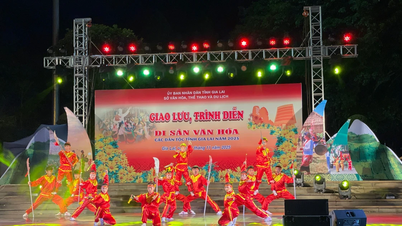

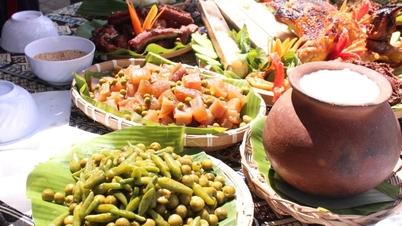


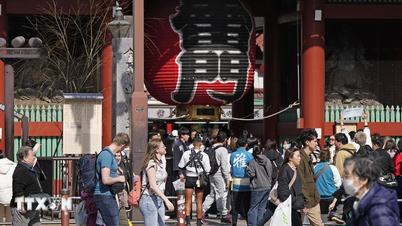

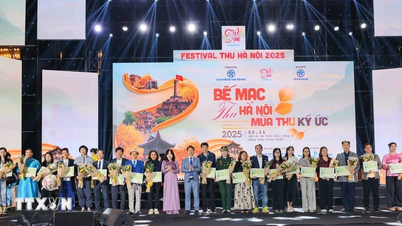
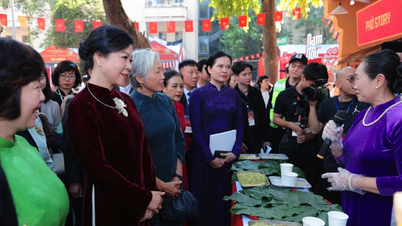


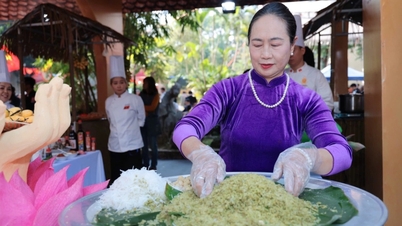
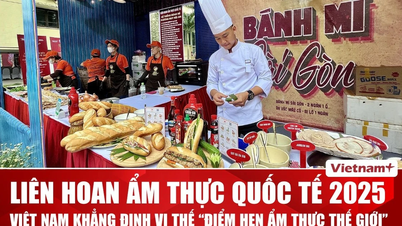



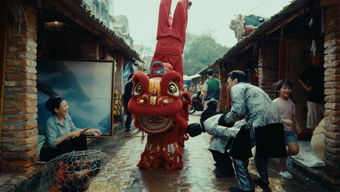

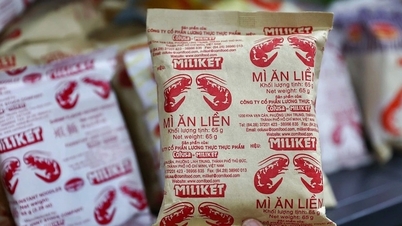





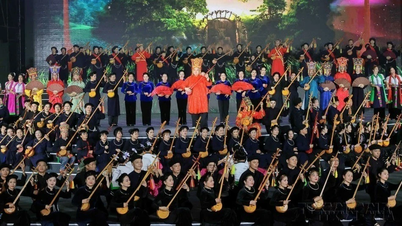
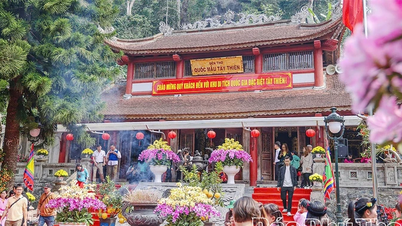

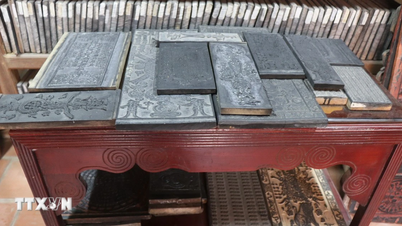
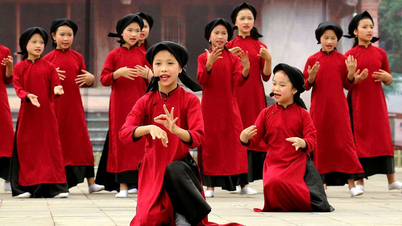




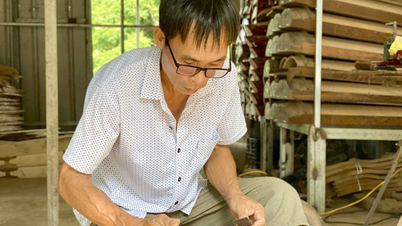







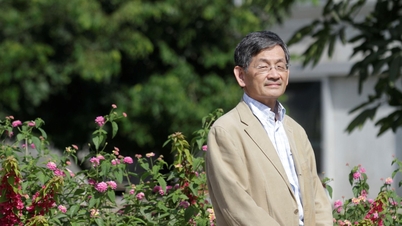
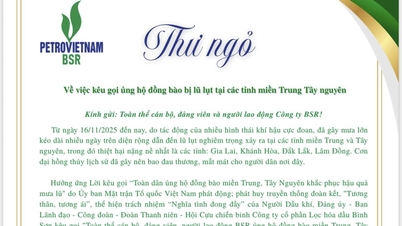

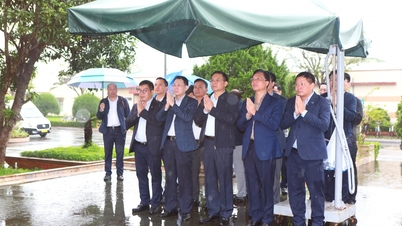


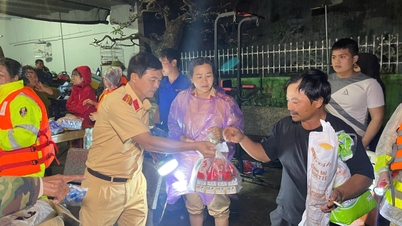



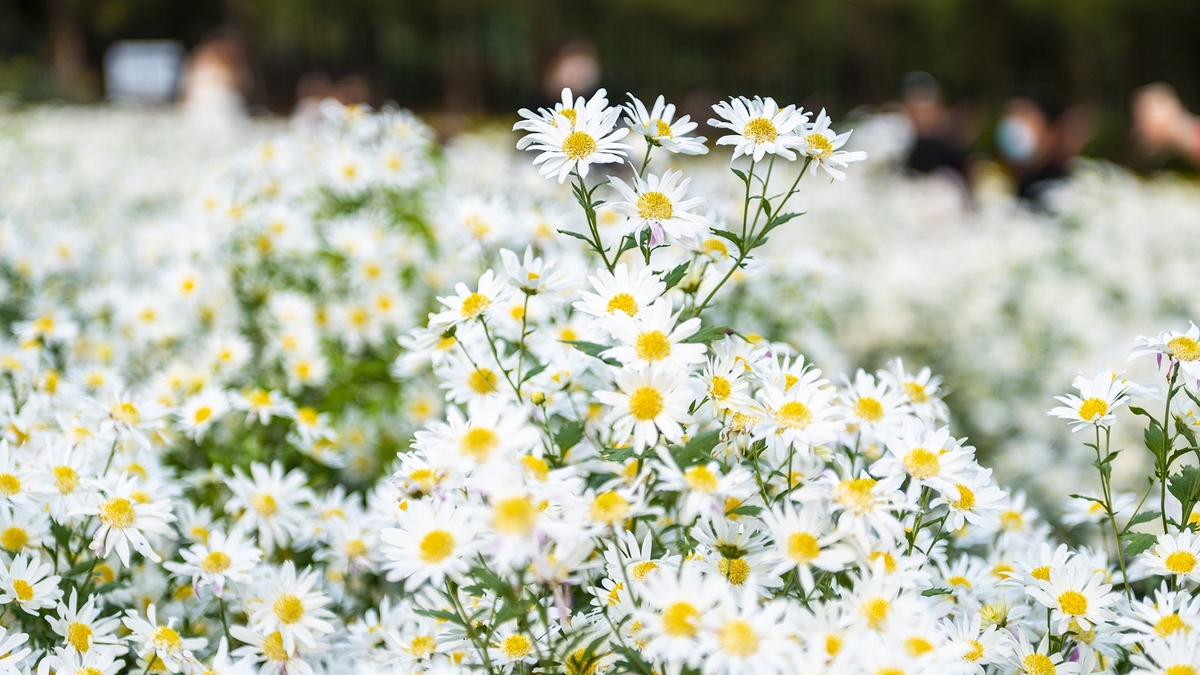


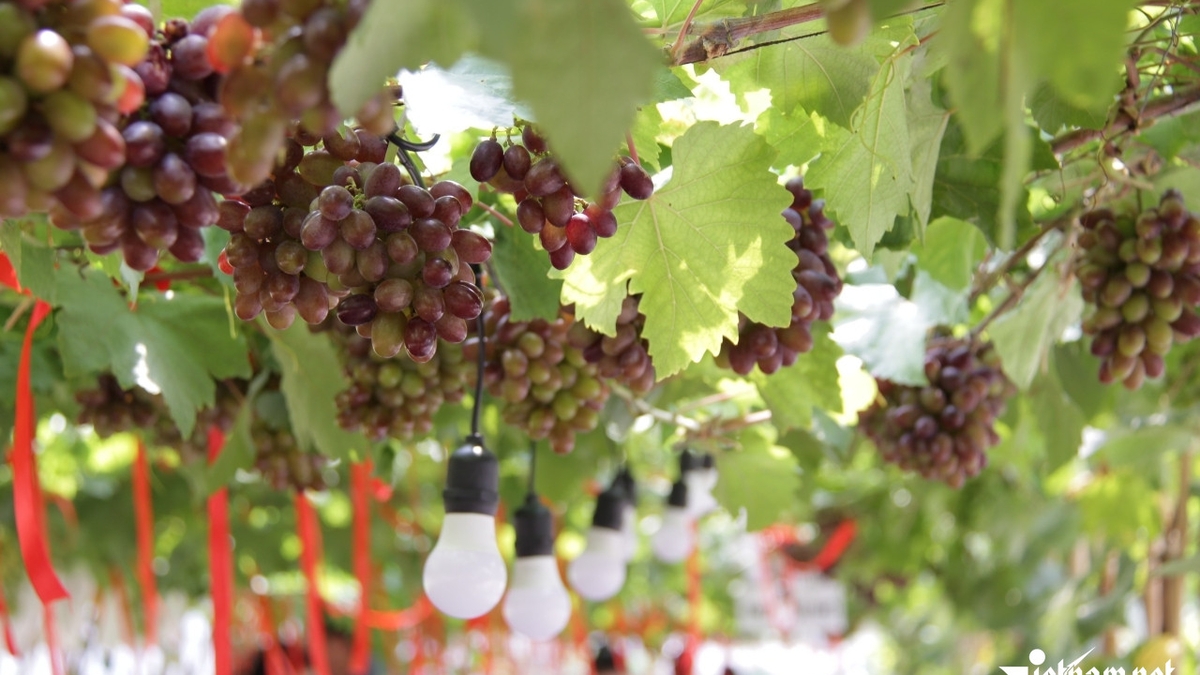
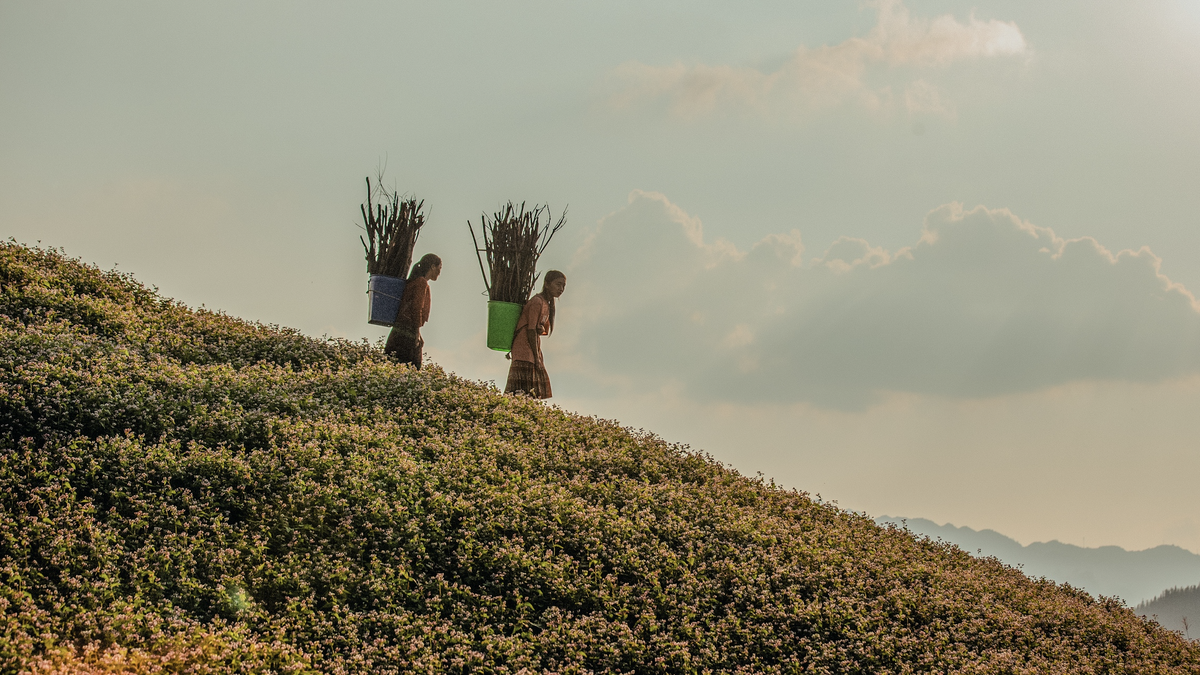

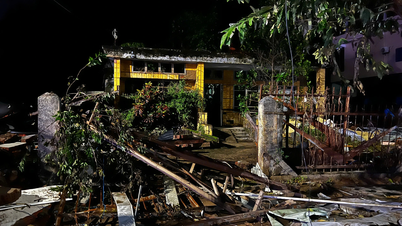

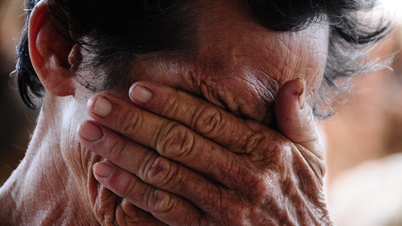

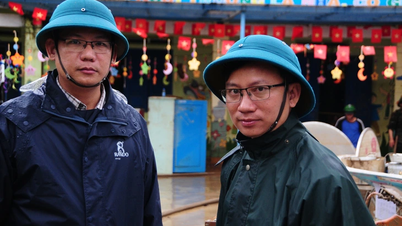


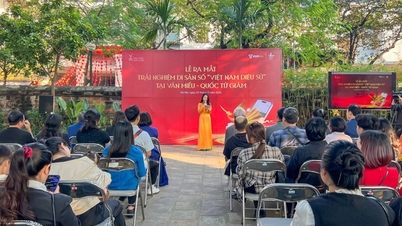

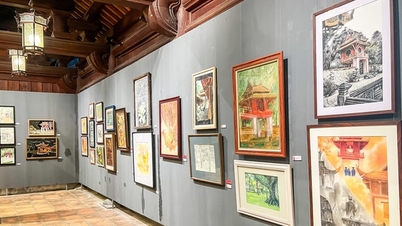


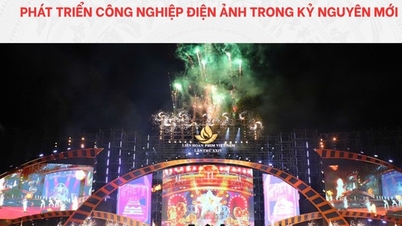
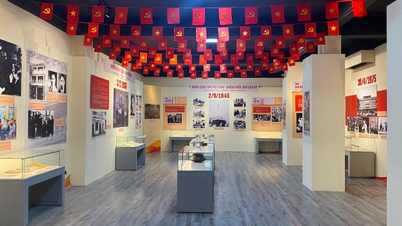



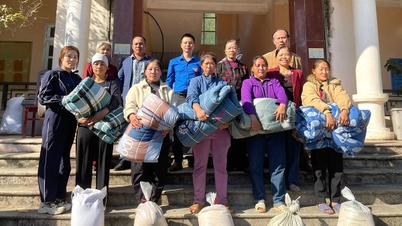
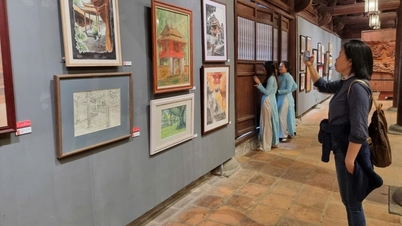



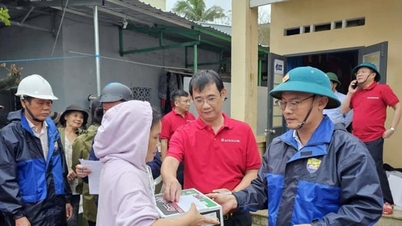
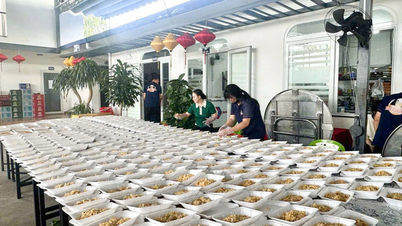

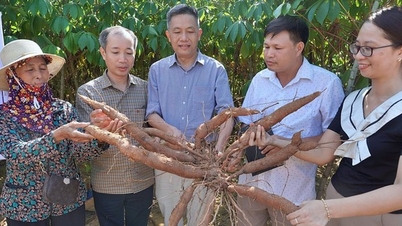


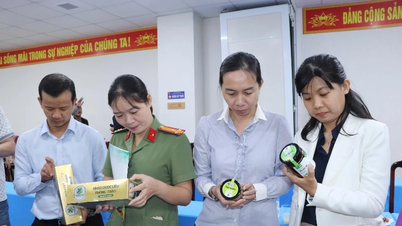
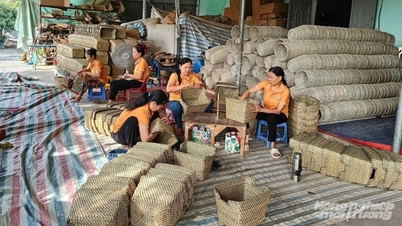

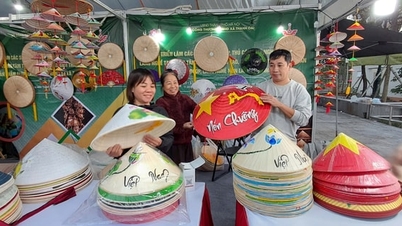
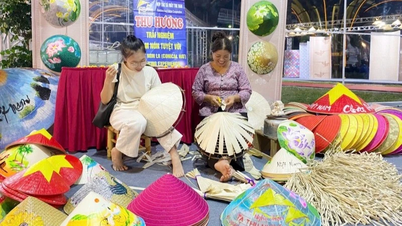




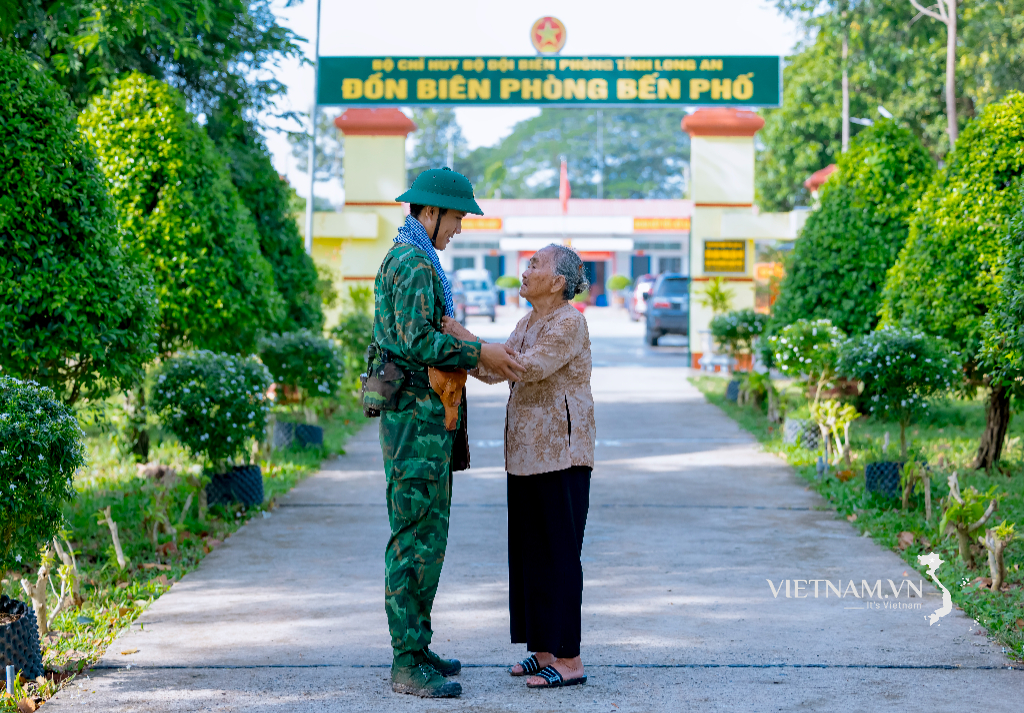
Comment (0)